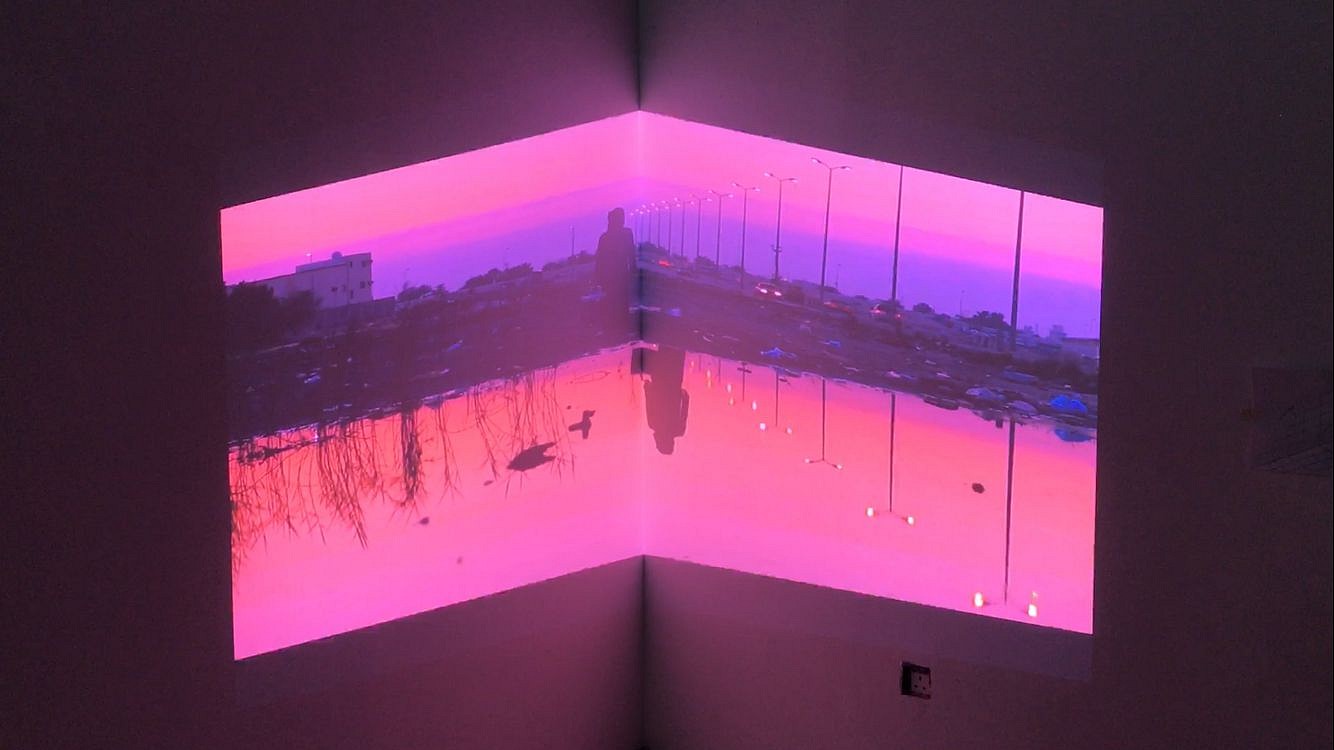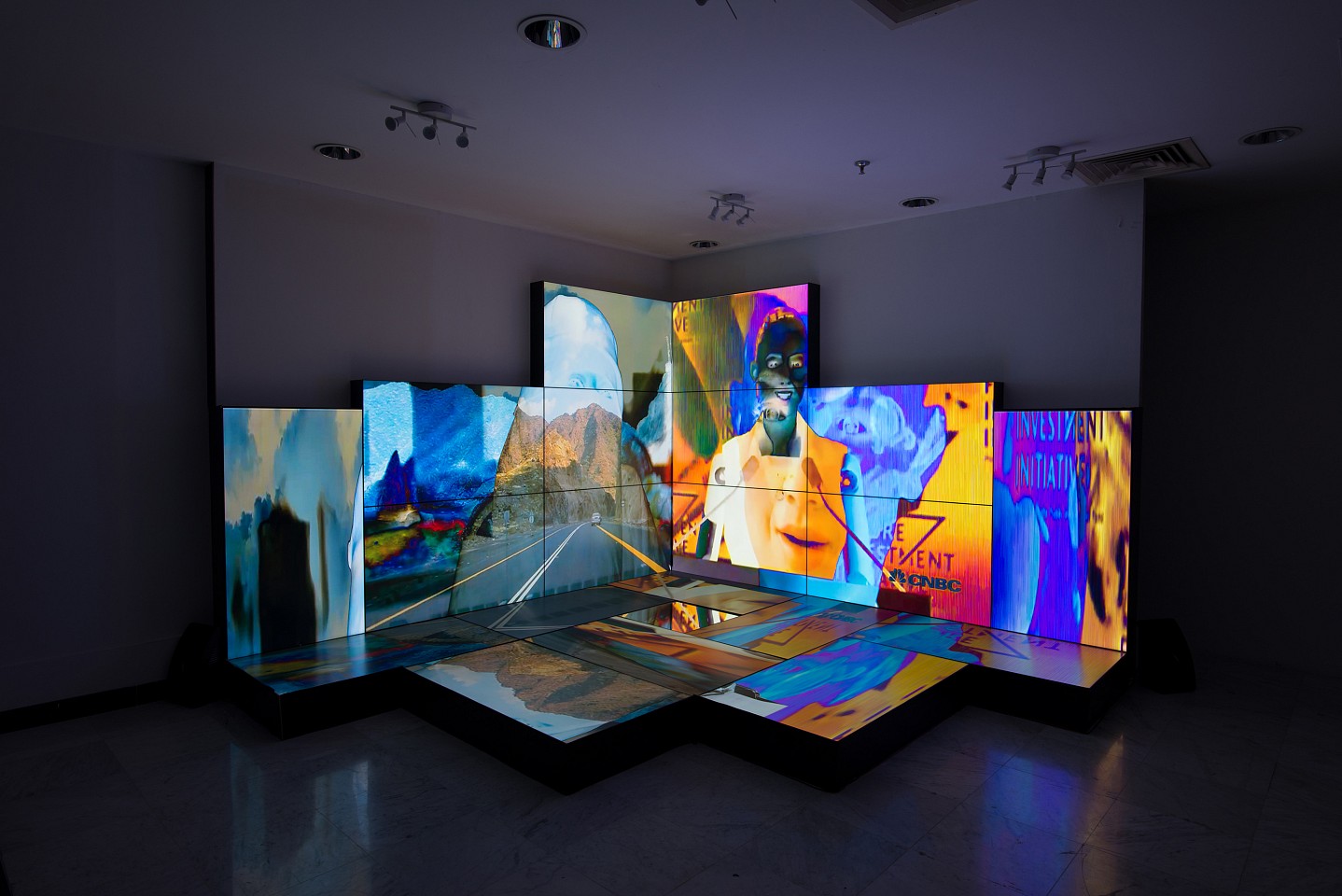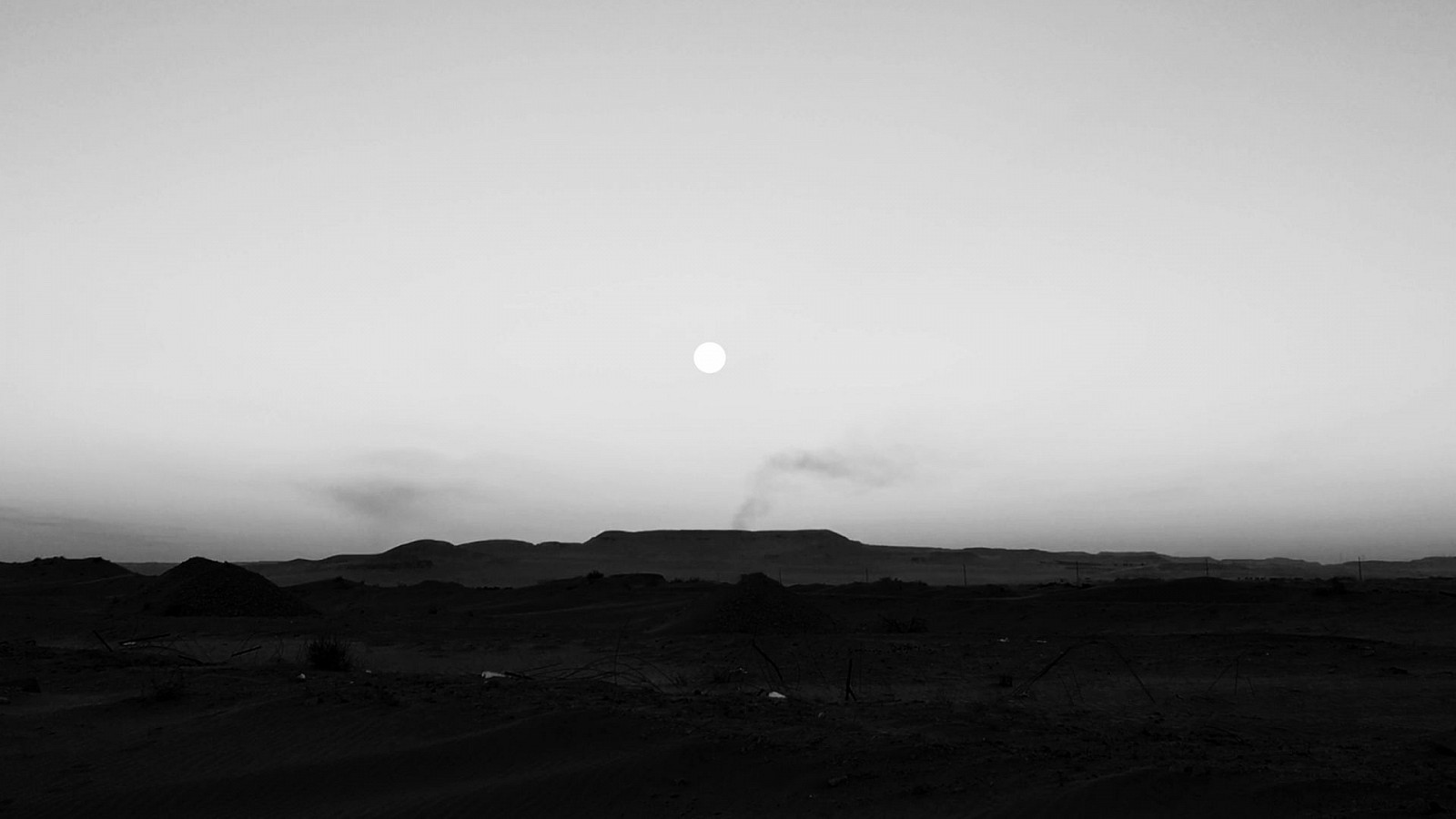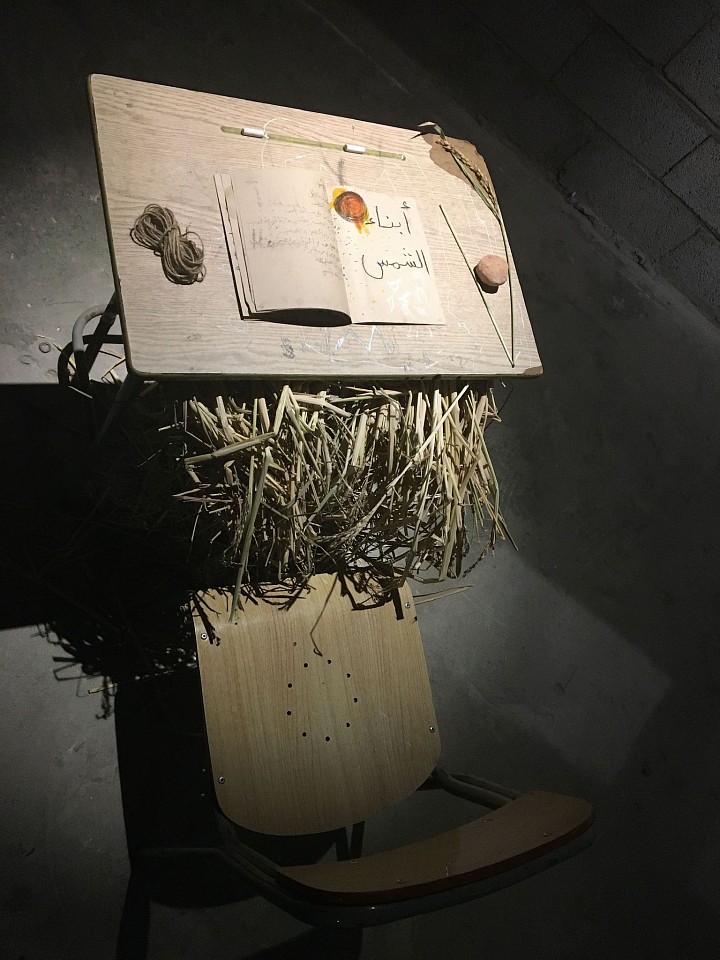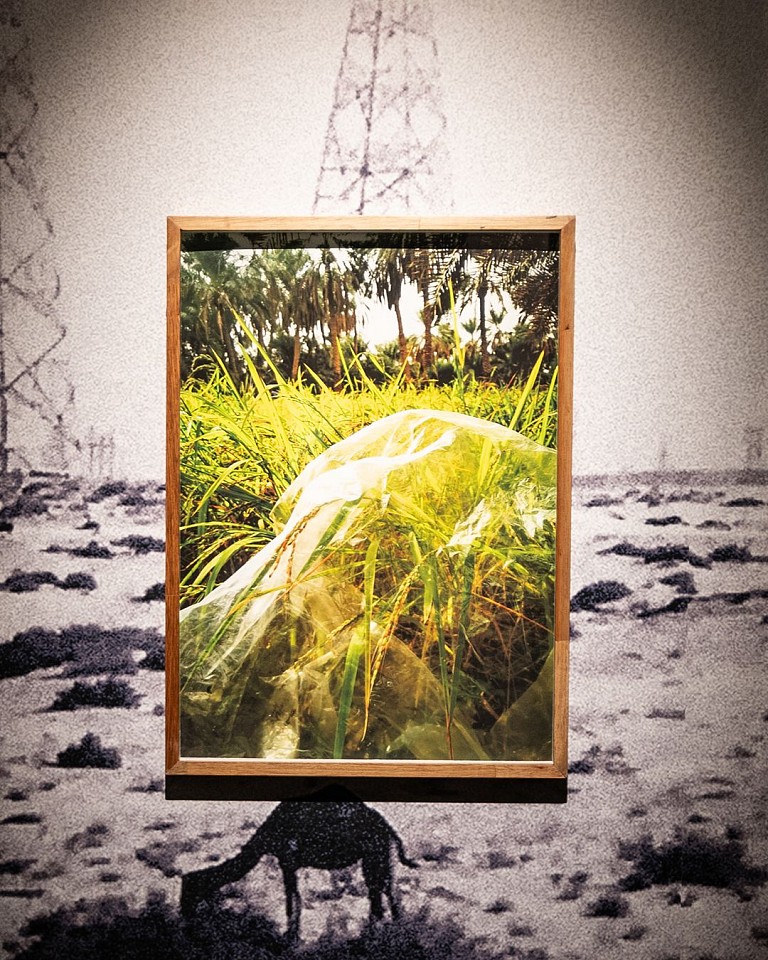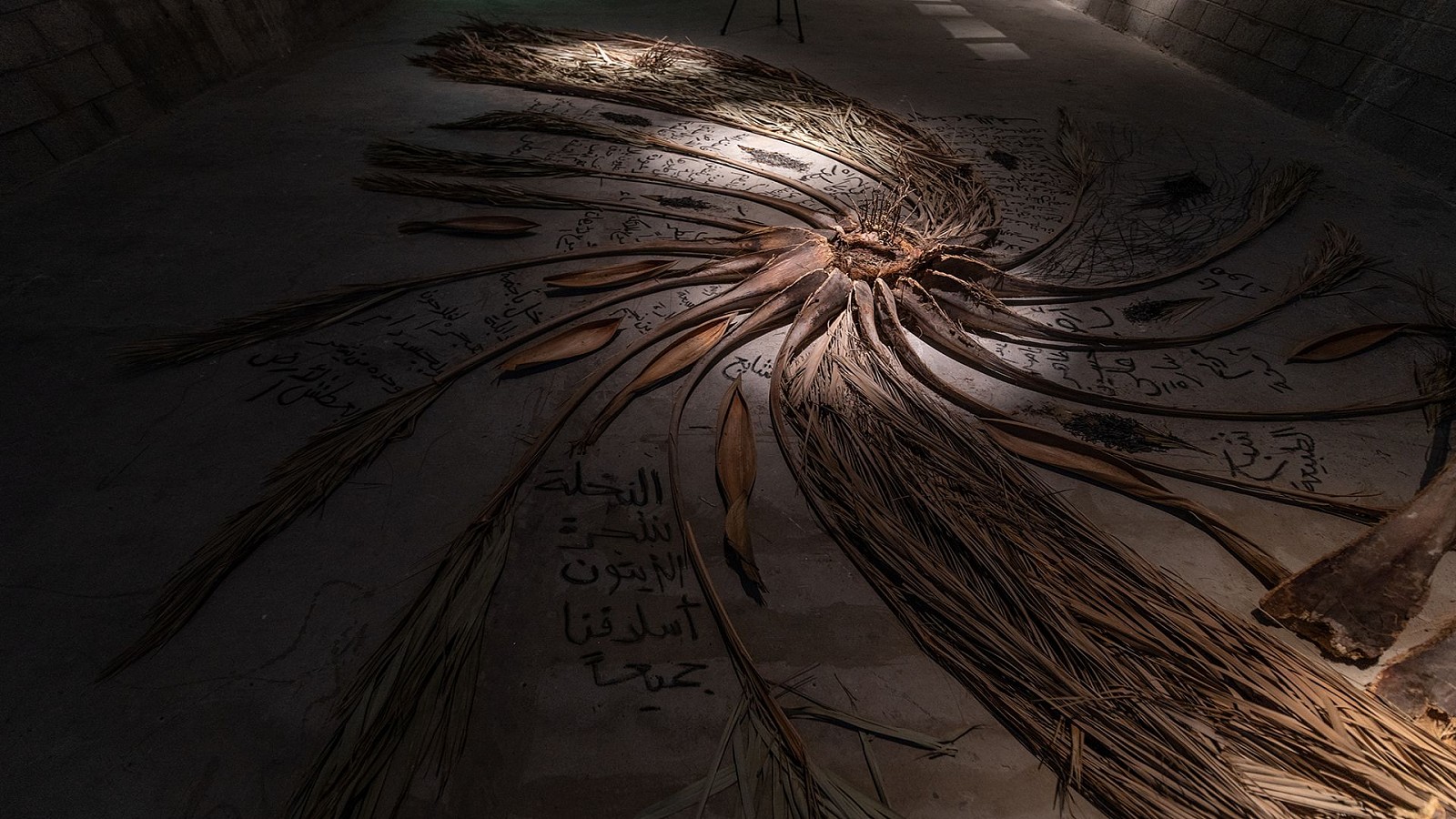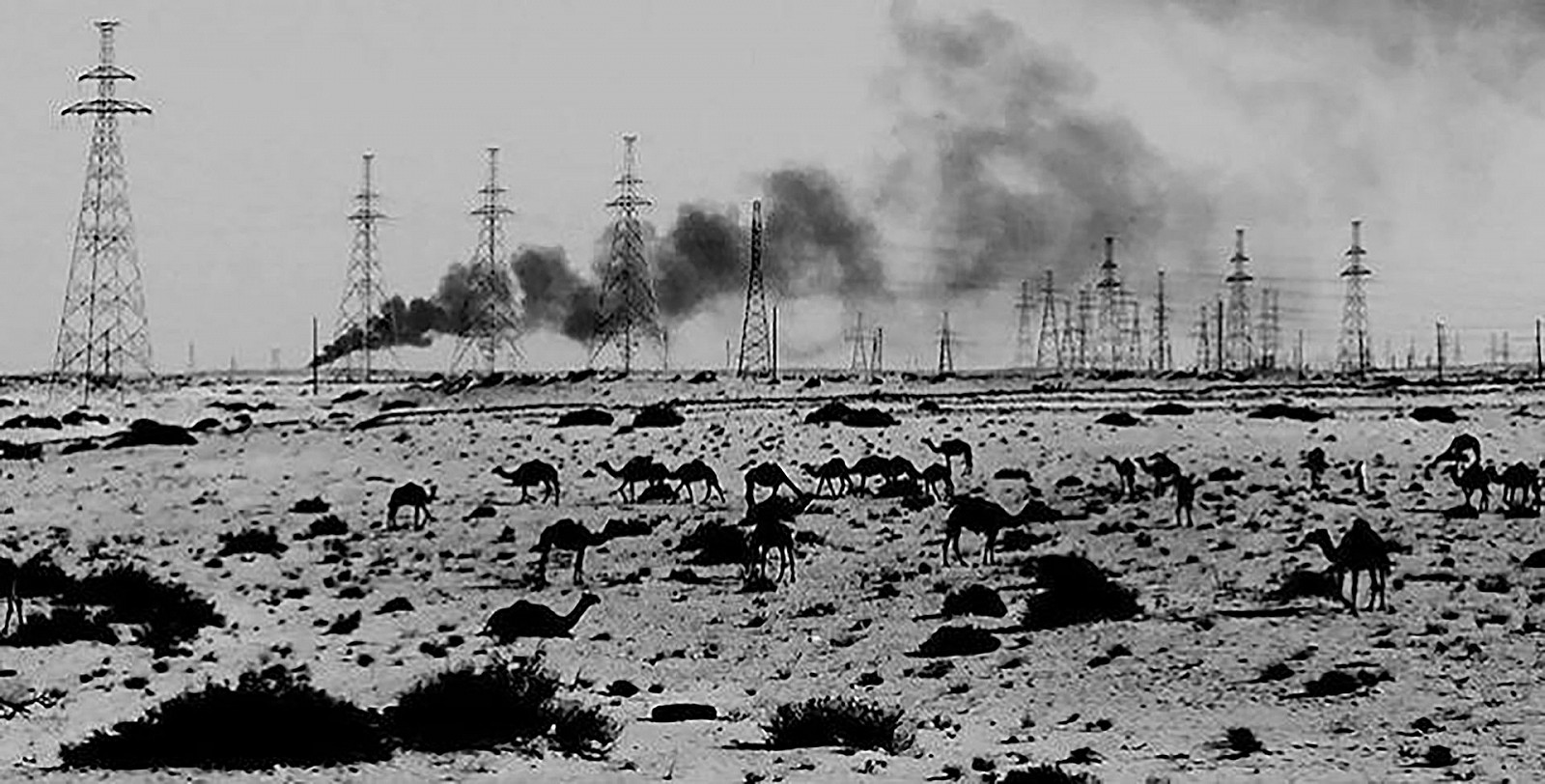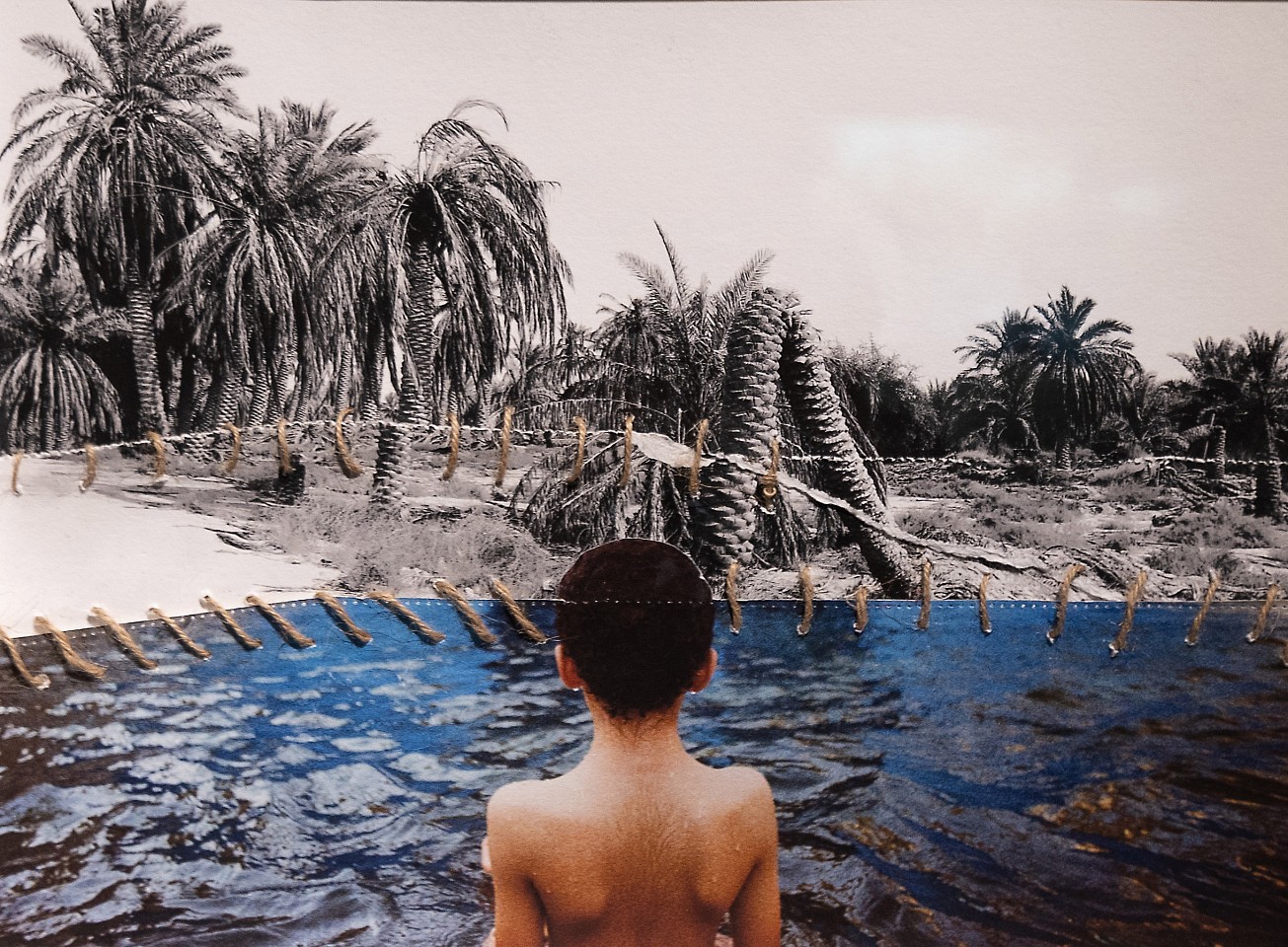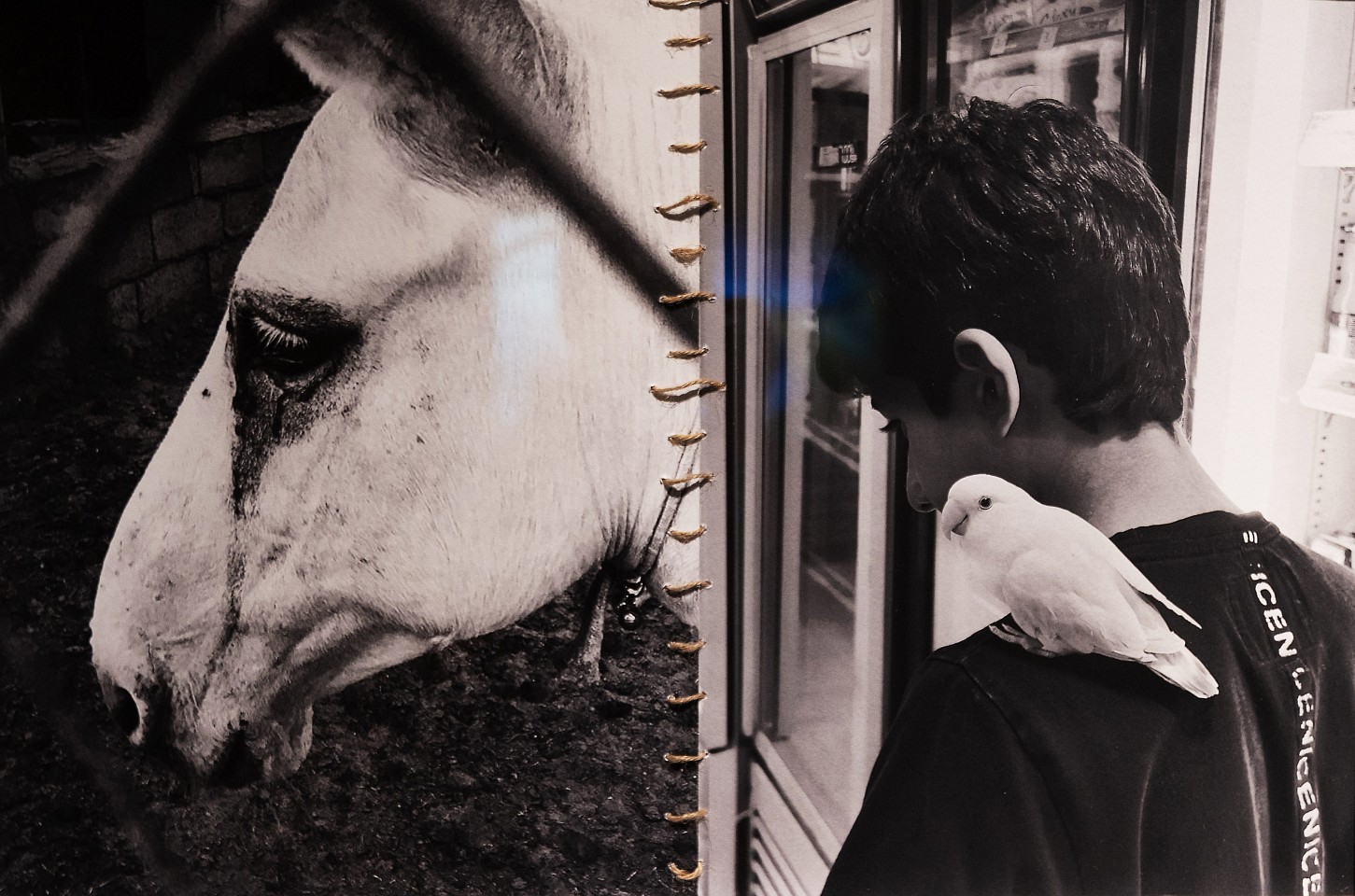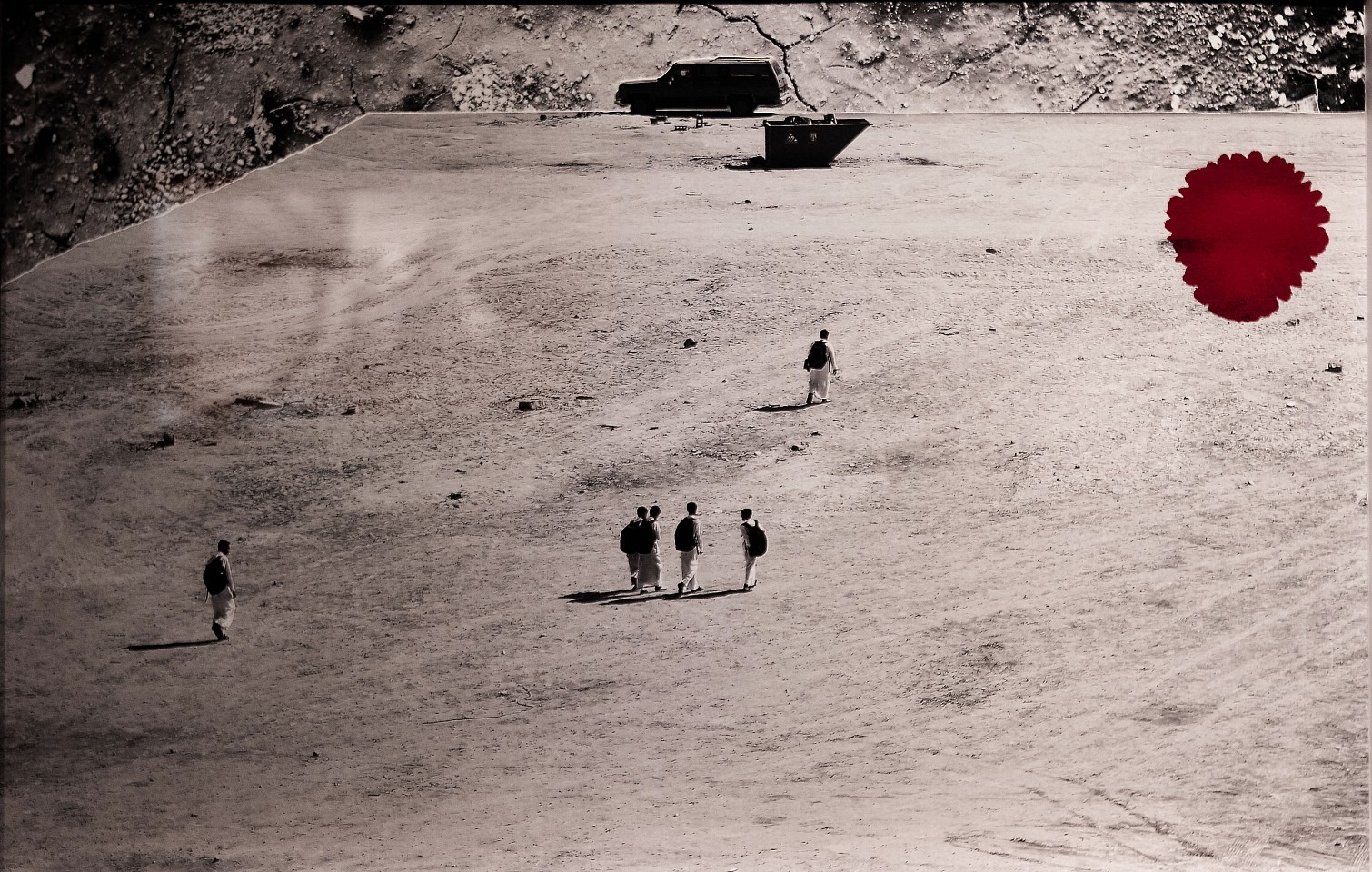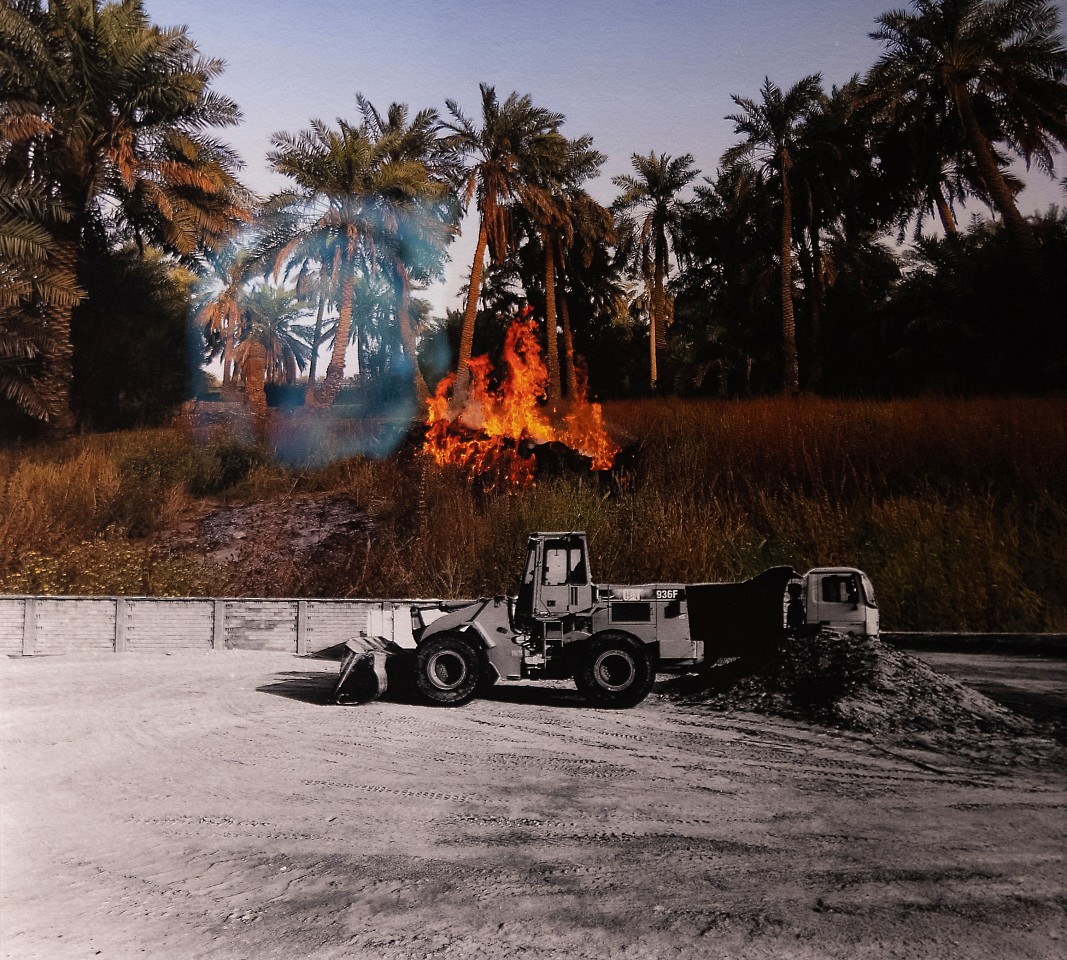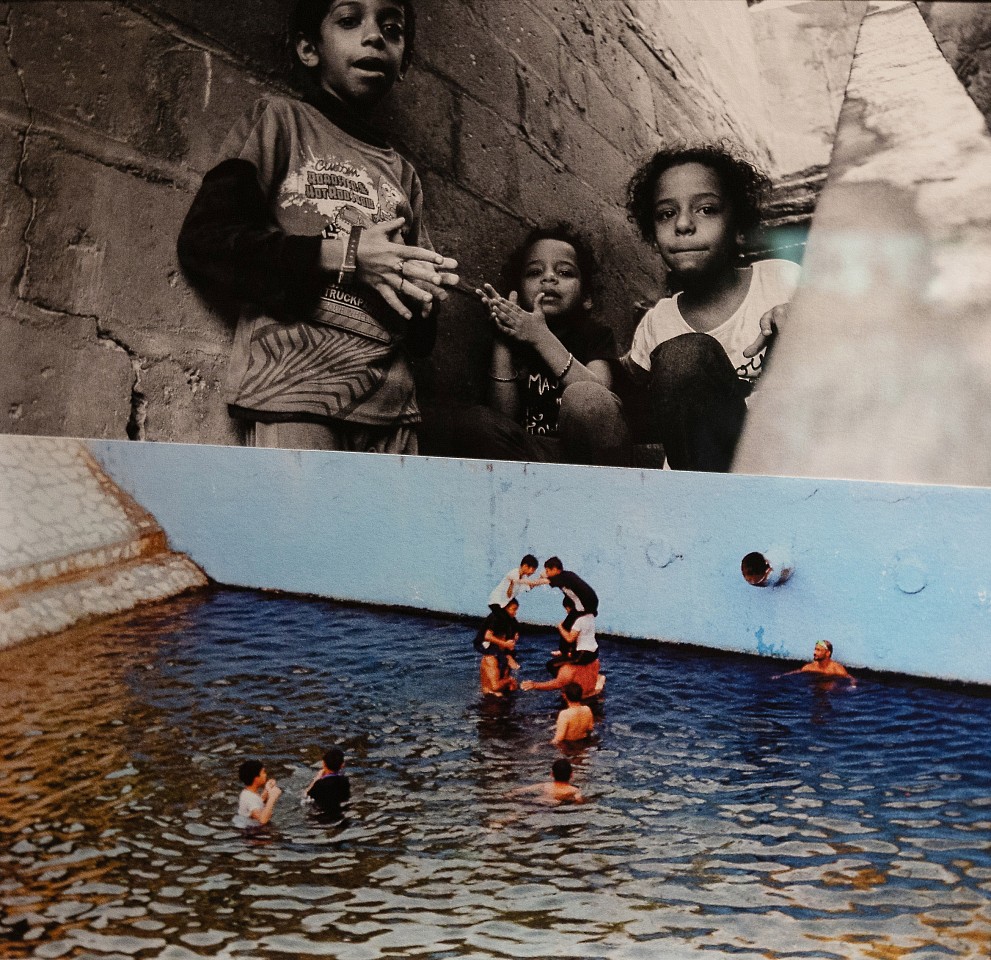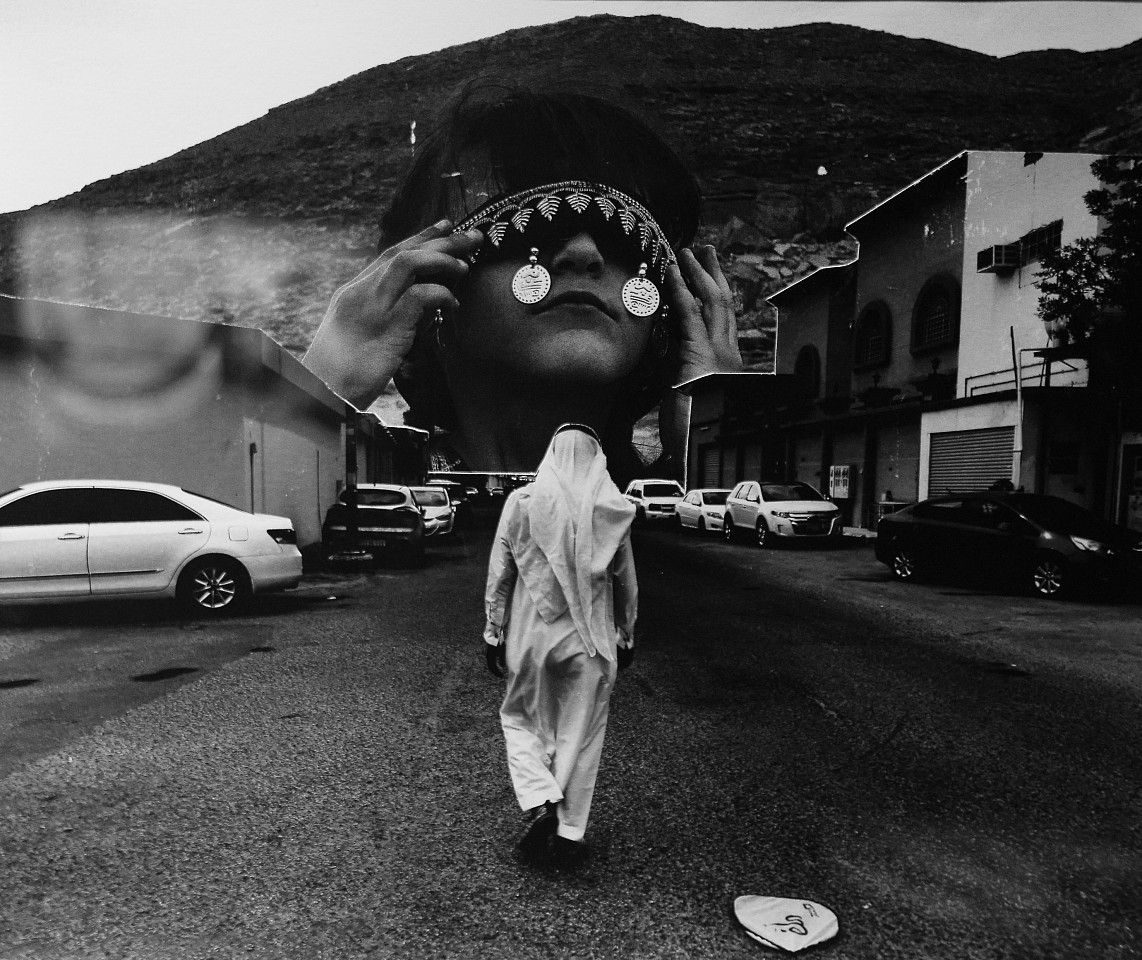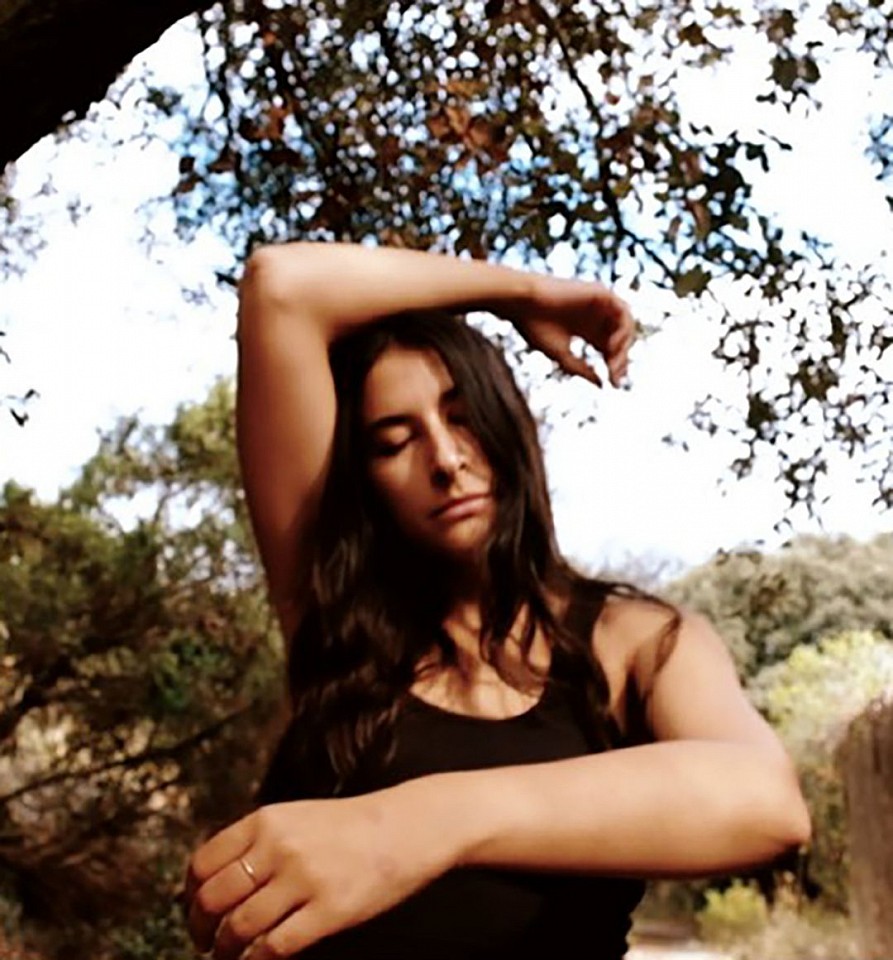Mohammed Al Faraj
Mohammed Al Faraj
The Glass Between Us, 2019
Video installation
MAF0005
Mohammed Al Faraj
Sophia, 2018
Video installation
MAF0001
Mohammed Al Faraj
The Sun, Again, 2017
Video installation
MAF0002
Mohammed Al Faraj
Ghost of The Fallah, 2020
Video
MAF0012
Mohammed Al Faraj
Last Session, 2020
School desk and notebook installation
MAF0025
Mohammed Al Faraj
The Sound of Thirst, 2020
6 channels sound installation
MAF0015
Mohammed Al Faraj
Tyranny, 2020
Photography
MAF0018
Mohammed Al Faraj
Umm Al-Saaf and Al-leef, 2020
Palm tree installation
MAF0024
Mohammed Al Faraj
Untitled, 2020
Photography
MAF0021
Mohammed Al Faraj
Untitled 1 from Fragmented Memory, 2020
Collage
MAF0026
Mohammed Al Faraj
Untitled 2 from Fragmented Memory, 2020
Collage
MAF0027
Mohammed Al Faraj
Untitled 3 from Fragmented Memory, 2020
Collage
MAF0028
Mohammed Al Faraj
Untitled 4 from Fragmented Memory, 2020
Collage
MAF0029
Mohammed Al Faraj
Untitled 5 from Fragmented Memory, 2020
Collage
MAF0030
Mohammed Al Faraj
Untitled 6 from Fragmented Memory, 2020
Collage
MAF0031
Mohammed Al Faraj
The Olive Tree Dancing In the Wind, 2019
Video
MAF0008






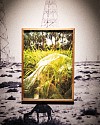









“If we look long and intently enough at the passing moment as though we were experiencing it for the first time, would this enable us to see the unusual and to go beyond the moment itself, so that a metaphorical idea behind it reveals itself to us? To record with a steady camera and to study it as though we were looking through a glass that separates us from what we are experiencing? Would it be like a glass between us and nature and what lies beyond it, allowing us to put our present moment under the microscope?
Different scenes from everyday life in many cities, pictured in a static or fixed way, or in a non-static, moving way. You notice the presence of people in their spaces and their immersion in the moment… what the moment of observation and recognition reveals and what it does not. These scenes are connected by visual and auditory themes, leaving a space to stimulate sensations and emotions, and attempt to cross over with them from one area, one moment, to another.”
- Mohammed Al Faraj
This digital installation sets up a configuration of screens into a 3-Dimensional box, onto which 3 distinct narratives are diffused. The work sets to blur the lines between factual footage and fiction in a bid to raise questions around our absorption of information through channels that we are exposed to on a daily basis. The use of visual material, audio, space, colour and light all contribute to the experiential dynamic of this body of work.
The 3 films will be presented in a sort of factual gradient, from factually correct, to partly fictional and finally a cinematic montage of images interlaced with presumed narratives.
The first segment, titled Sofia, sets the scene of a contemporary TV program around recent news regarding a robot called Sofia who was granted Saudi citizenship. This footage is then juxtaposed with real life footage of a stateless people.
The second segment, titled The Turtle, looks back at 1980’s footage of a 100 year old turtle being released into open waters. The incredibly moving scene is later juxtaposed with the ruthless slaughter of an elderly turtle by Saudi men in a bit to eat it. The turtle moves across the screens, whimsically floating through space.
The third and final segment, titled Death to TV, Long Live the Image, fills the whole installation’s screens in its entirety. It starts with a black screen with but the sound of a fire burning. The screen later elucidates a burning TV in a deserted location. A man stands before the camera, with a TV in place of his head, pointing a gun to it. As he sets off the gun, birds fly free. What follows is a sequence of disjointed footage which pans out until it stops before a mirror reflecting back the camera as it zooms into the lens.
This body of work pivots on notions of perspective, both literal and metaphorical, where the fragmentation of the image echoes a wider statement about the diffusion and reliability of news and information we have grown so reliant on.
"In my video piece “The Sun, Again” , I attempt to express my love for the art form of film and video and to explore how love and compassion could be the answer to the darkness of today’s world. For me, film has it all: photography, music and theater, and this is something that I want to explore and experiment with on a much bigger scale.
Everything has turned into
A black ball
I looked into the water
As did Kris Kelvin
In Tarkovsky’s Solaris
I travelled to space
I walked between planets and stars
Attempting to understand all this blackness
We have destroyed everything
We have perfected the game of war
Until the moon grew tired
And the sun began to give up
But
Like the dream in Chris Marker’s film La Jetée
Except the girl plays alone on the beach,
I survived
The moment she stopped,
In this moment… when she looked at me, and instead.. of seeing my death..
I become aware
Here is the sun, again"
- Mohammed Al Faraj

